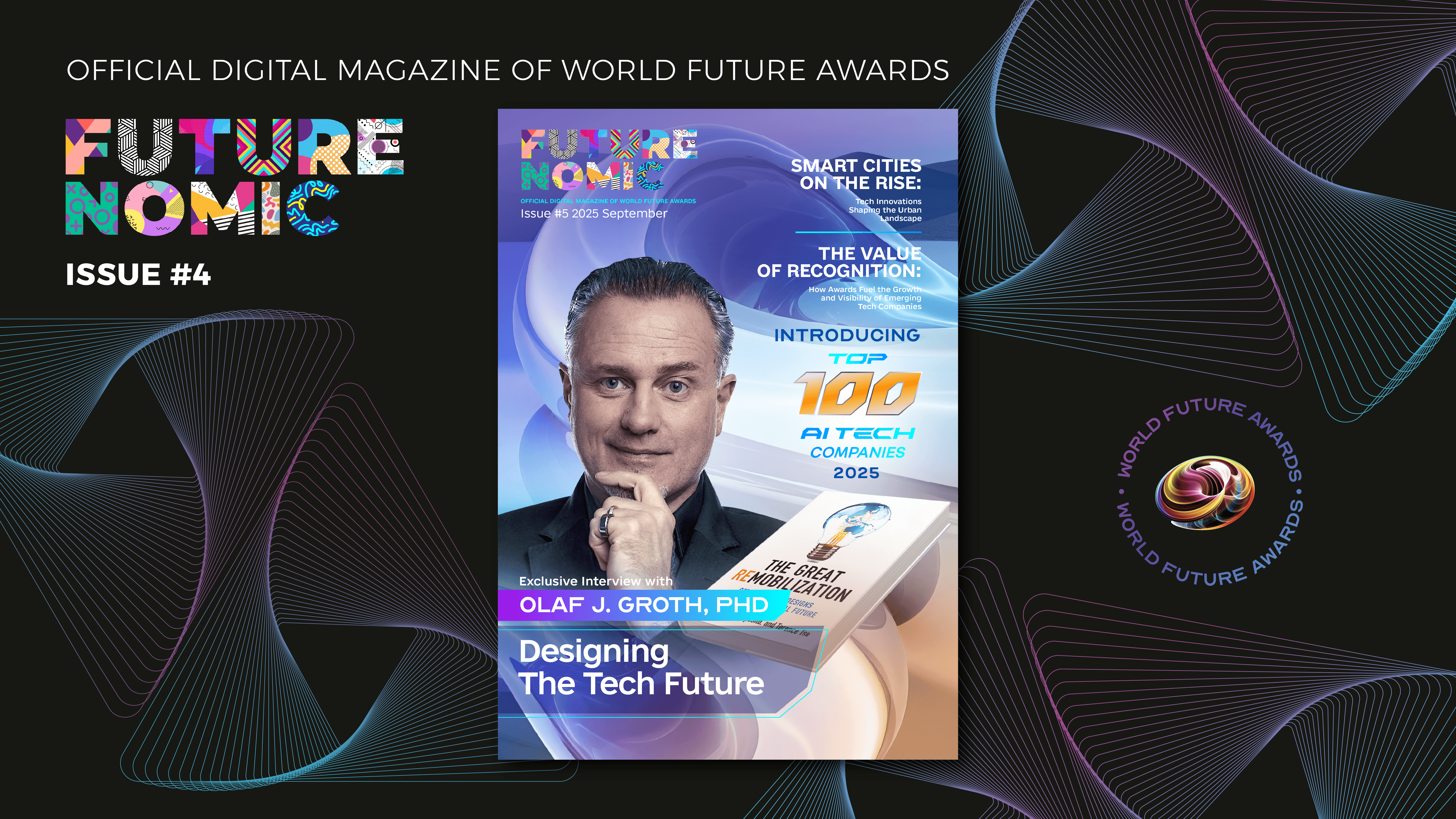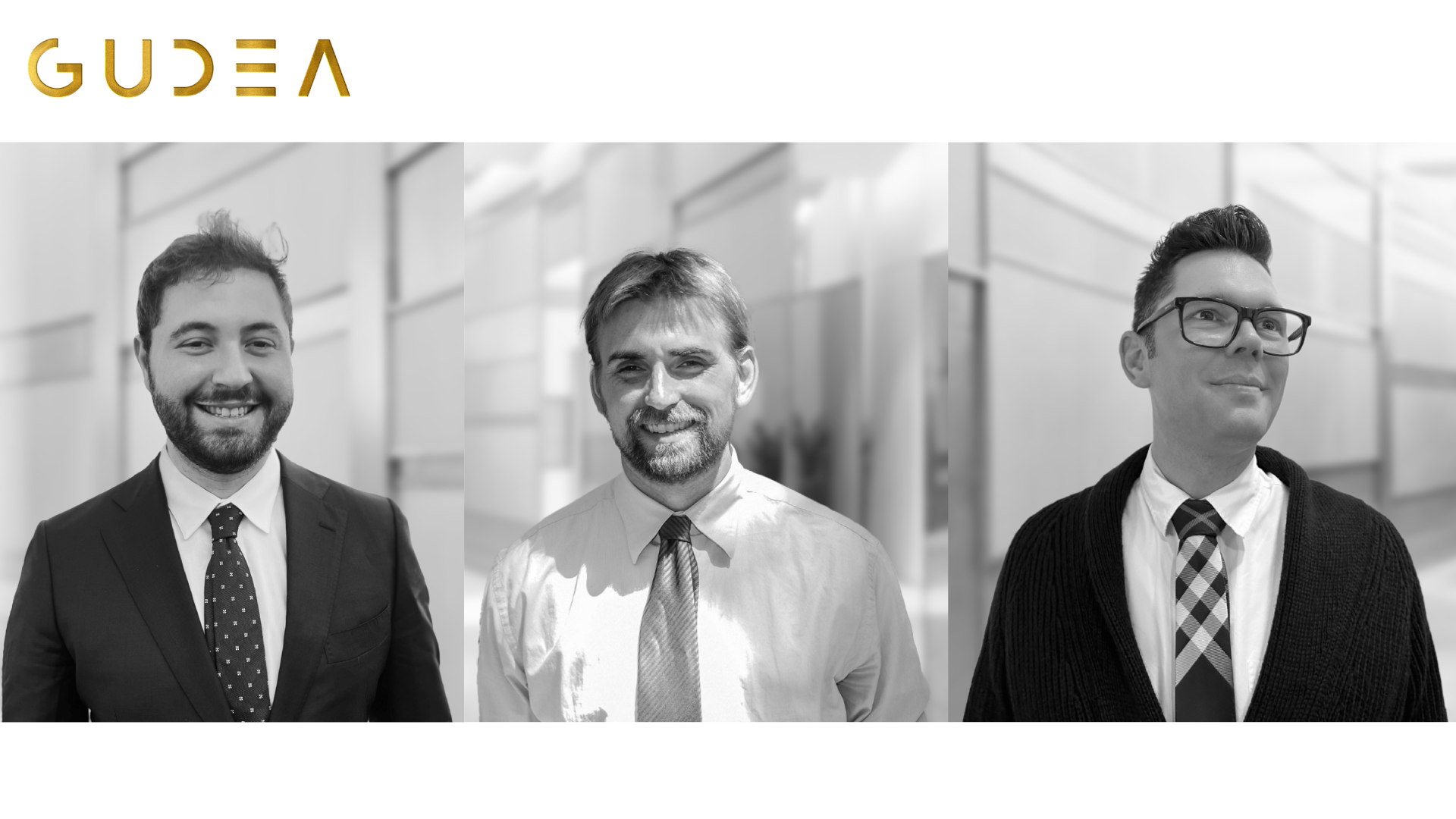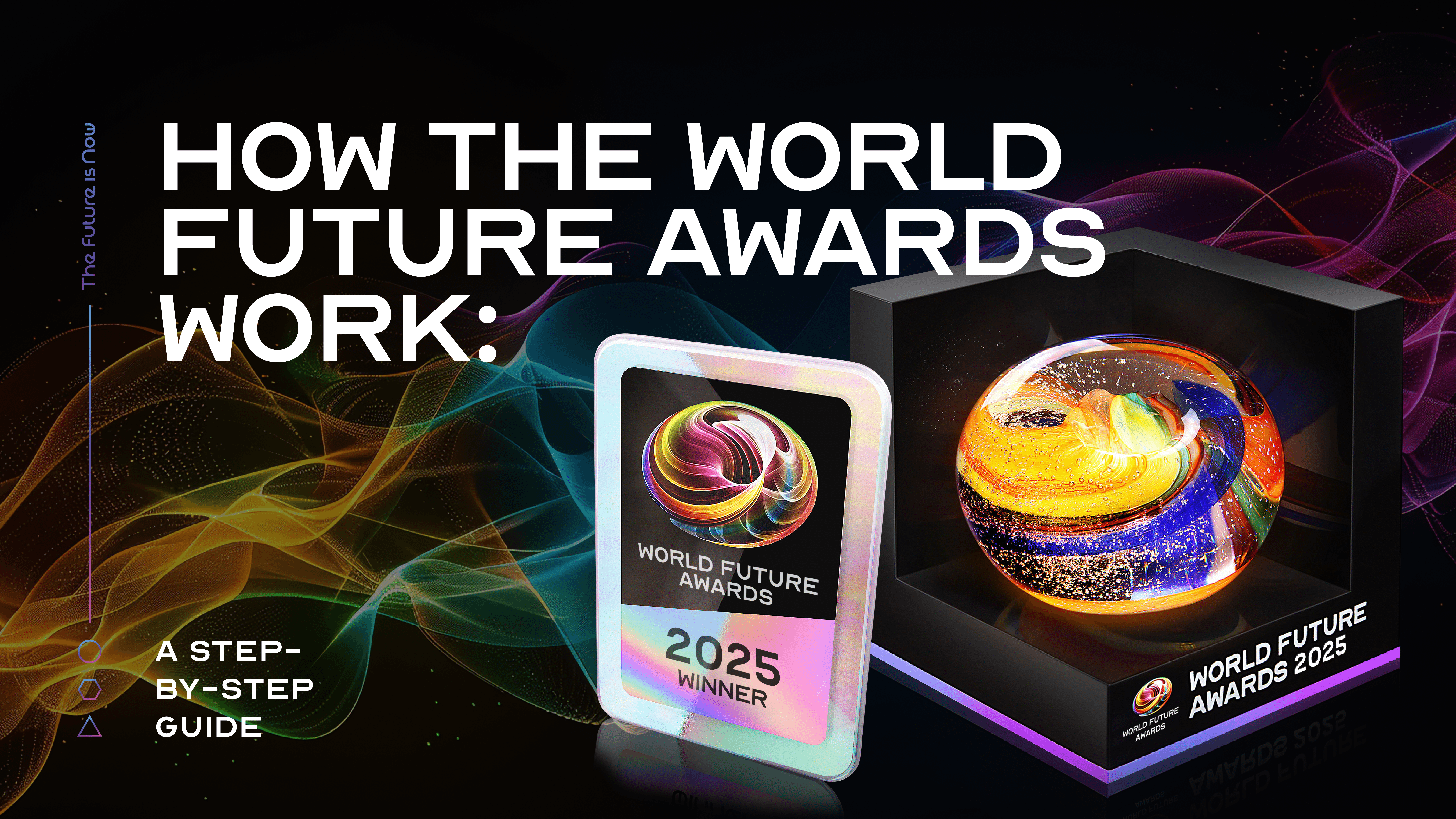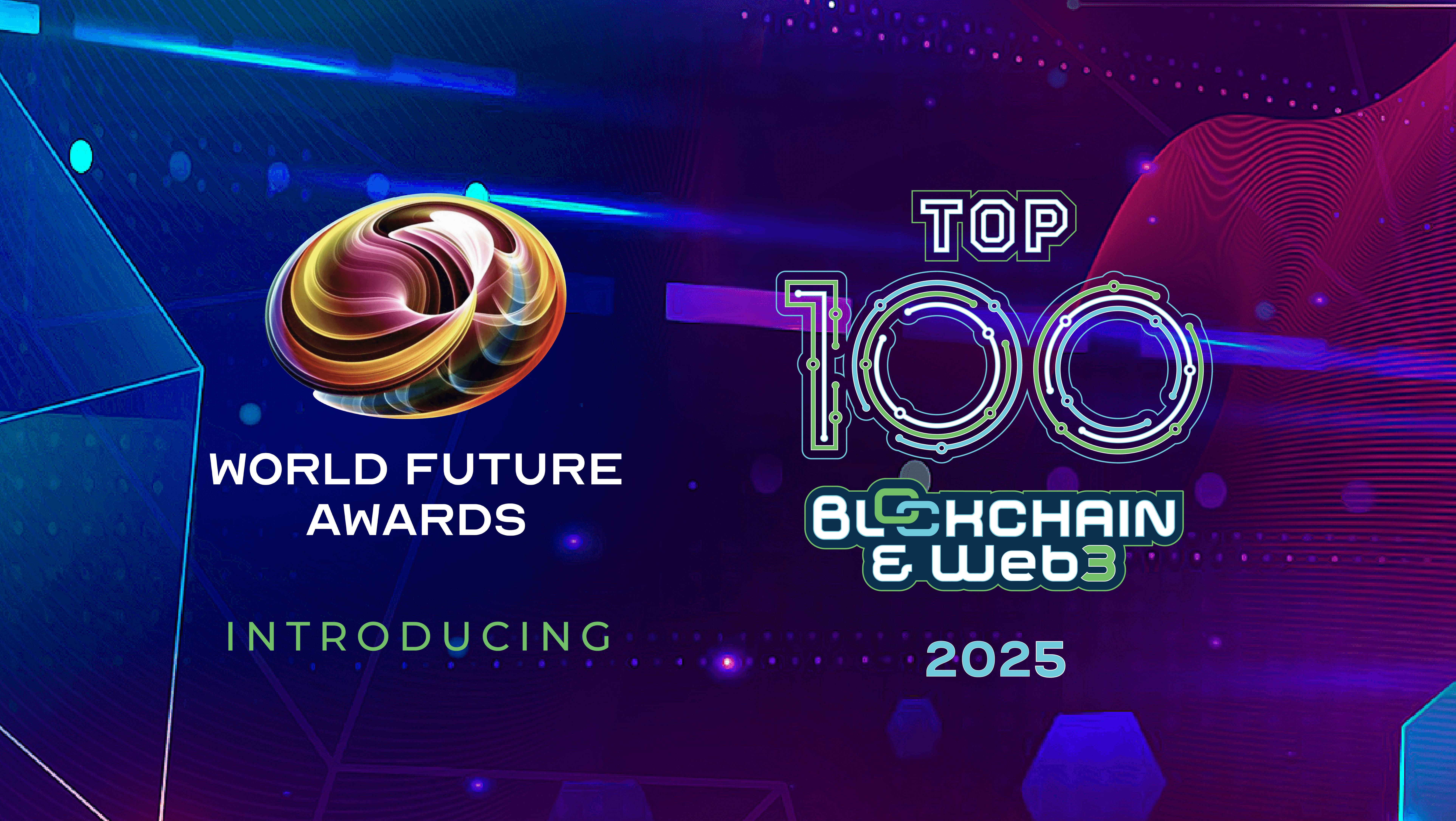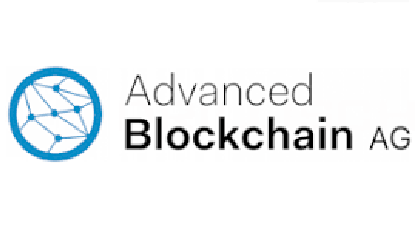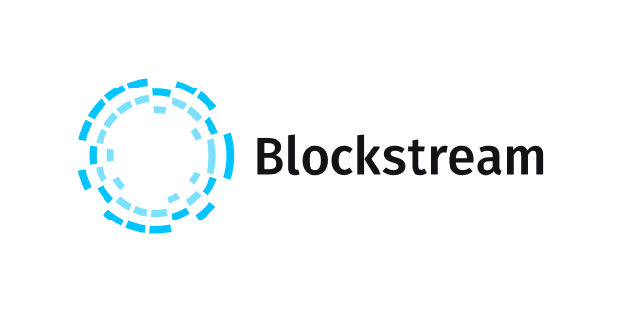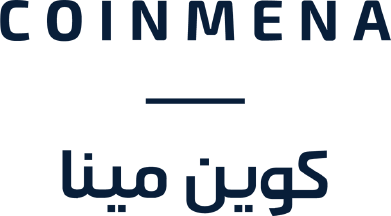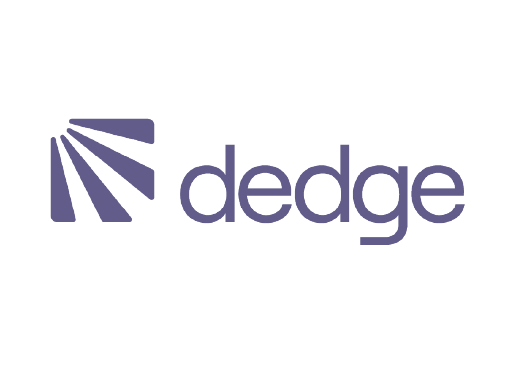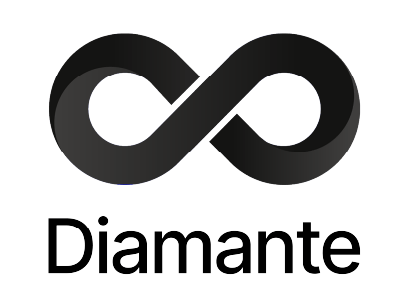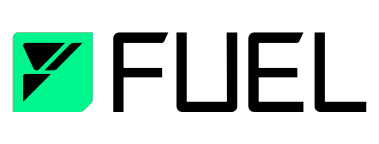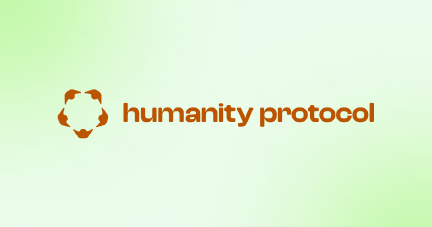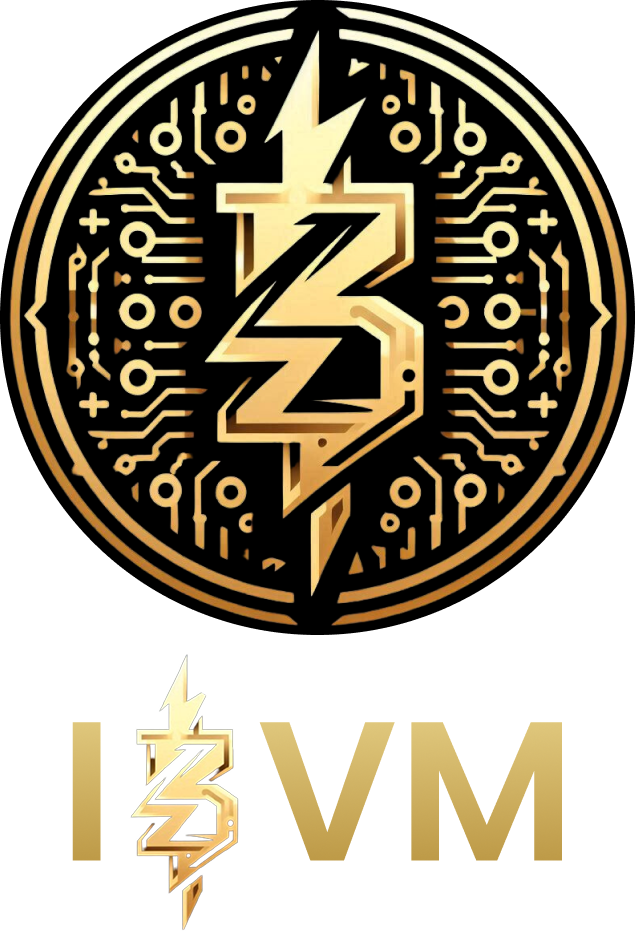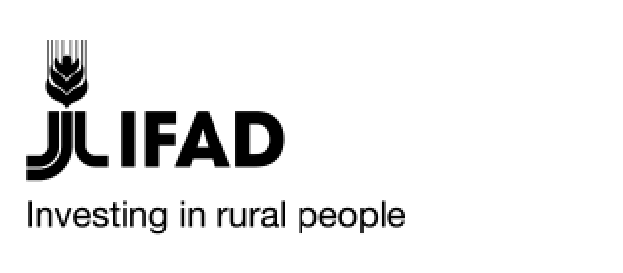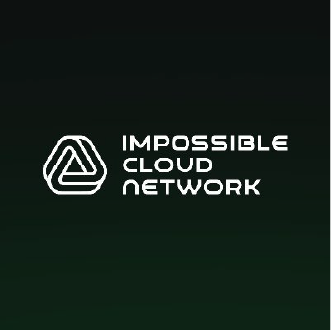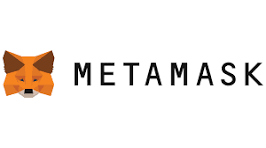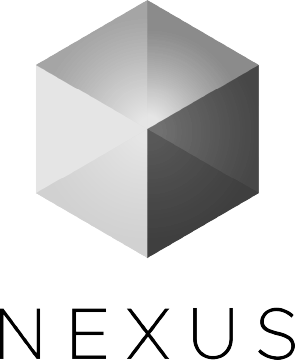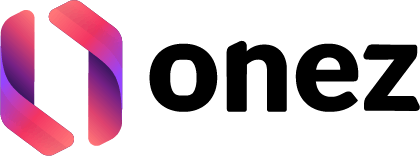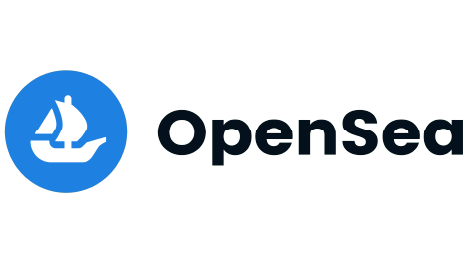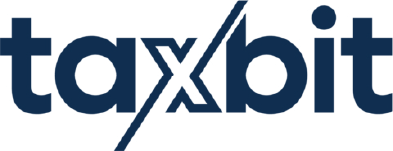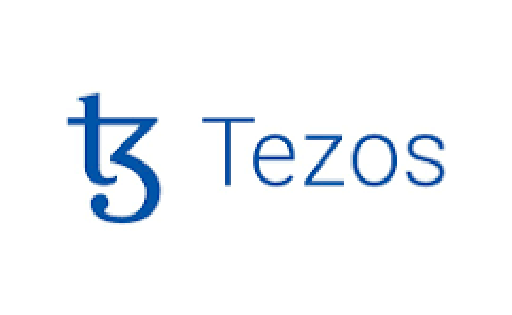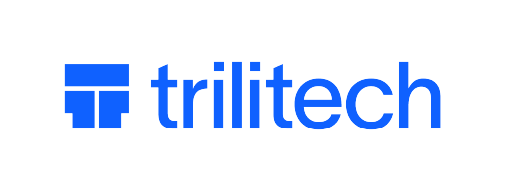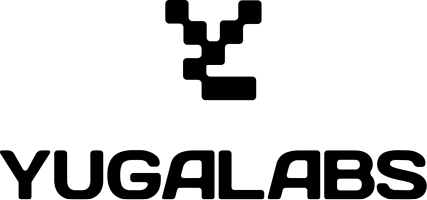GUDEA has distinguished itself in 2025 by winning a World Future Awards in the AI Technologies category for Leading AI Innovation in Narrative Intelligence. This achievement reflects its growing importance as an organisation that helps brands, crisis managers, and public communicators see more clearly how stories spread and intervene before narratives get out of hand.
GUDEA is a behavioural intelligence platform designed to help users track, analyse, and visualise the lifecycle of online narratives. The platform aims to uncover the origins of digital conversations, map the pathways through which they spread, and assess their impact across platforms. The founders, Keith Presley (CEO), Jonathan Sperber (COO), and James Thomin (CTO), bring together more than 45 years of experience in military intelligence, operations, information technology, and artificial intelligence.
One of the core promises of GUDEA is early warning. Because narratives now can go from a small post to a full‐blown crisis in minutes, being reactive is no longer enough. GUDEA’s tools are built to help users anticipate which narratives are likely to accelerate. Their technology involves graph‐neural network techniques and real‐time monitoring such that clients can see not just what is trending but what might trend, where it is coming from, who is likely to drive it, and how fast. This gives organisations lead time to prepare messaging, adjust strategy, or even forestall reputational damage entirely.
Another strong aspect of GUDEA is visualisation. It’s not sufficient to have raw numbers or sentiment scores; what matters is seeing the flow of information, how narratives travel from fringe platforms into mainstream channels, how ideas mutate, and where influence concentrates. GUDEA provides dashboards that show narrative pathways, the velocity of spread, and evolving nodes of influence. This kind of insight helps brands to understand not only that something is happening, but how, why, and where to take action.
Winning the World Future Awards is a substantial validation. The Awards are global, recognising products, software, or services that have innovation, impact, and promise in shaping the future. For GUDEA, the “value” criteria include its uniqueness compared to other narrative‐tracking tools, its economic potential, its societal effects, and the ability to deliver meaningful improvements in reputation management, crisis prevention, or brand protection.
For brand managers and crisis communicators, GUDEA offers a strategic edge. Many who rely on conventional social listening tools know what people are saying, but often too late, and with little insight into how a small spark might become a wildfire. By contrast, GUDEA can help detect early signals, understand the network of message propagation, identify the origin and high-risk pathways, and surface hidden connections that amplify narratives. That can be the difference between managing reputation proactively, rather than scrambling to respond after damage is done.
Looking ahead, GUDEA is primed to expand its impact. There is room for growth in adding more languages, integrating more platforms (including those less monitored), enhancing the real-time nature of alerts, and deepening the predictive models.
In sum, GUDEA is offering a new kind of narrative intelligence: one that doesn’t just report on what’s happening, but helps forecast what’s coming, and shows how to act. The World Future Awards recognition marks a milestone, but the real promise lies in how organisations use these tools, not just to protect themselves, but to shape conversations, build trust, and lead more confidently in the digital world.
To learn more about the WFA-winning company, please visit www.gudea.ai.



